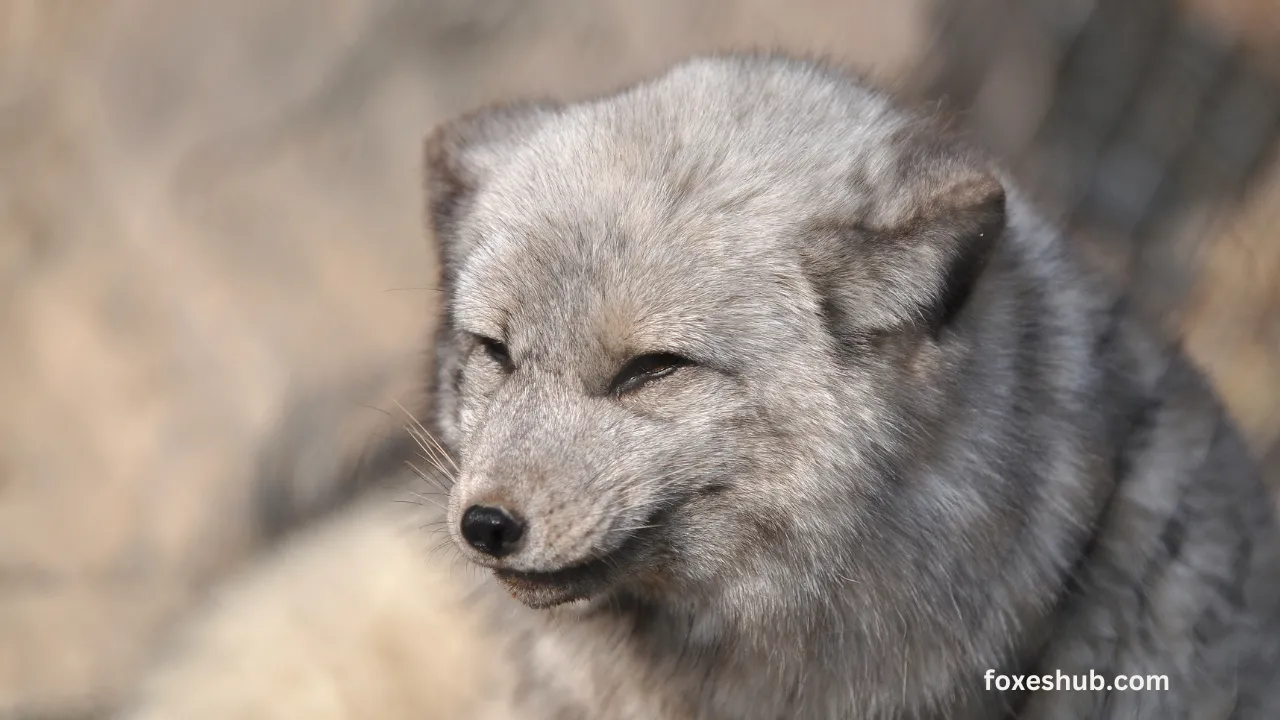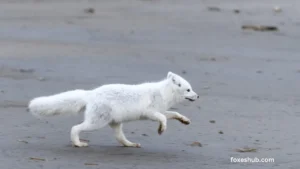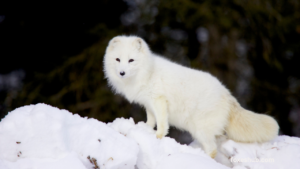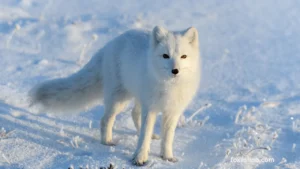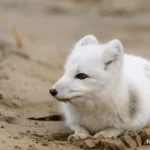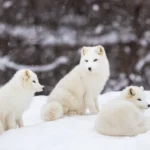Arctic foxes, Vulpes lagopus, are magnificent creatures that have adapted to survive in some of the harshest environments on Earth. One of the most fascinating aspects of their biology is their ability to change color, a remarkable phenomenon that plays a crucial role in their survival.
In this article, we will delve deep into the science behind this extraordinary capability, exploring the reasons behind this color change, the mechanisms involved, and the ecological significance of this adaptation.
Contents
- 1 Understanding the Phenomenon
- 2 Mechanisms of Color Change
- 3 Ecological Significance
- 4 Conservation Implications
- 5 FAQs
- 5.1 What is the cloak of seasons phenomenon in Arctic foxes?
- 5.2 How do Arctic foxes change their coat color with the seasons?
- 5.3 Why is the color change important for Arctic fox survival?
- 5.4 What are the adaptive advantages of the cloak of seasons for Arctic foxes?
- 5.5 How does the cloak of seasons phenomenon contribute to the broader understanding of animal adaptations?
Understanding the Phenomenon
Background and Environment
Arctic foxes inhabit the Arctic tundra and are also found in subarctic regions. They are well adapted to the extreme cold, with their thick, dense fur providing insulation against the freezing temperatures.
However, the most intriguing aspect of their fur is its ability to change color with the seasons, a phenomenon known as seasonal camouflage.
Seasonal Camouflage
During the winter, the Arctic fox’s fur is pure white, blending seamlessly with the snowy landscape. This adaptation allows them to effectively evade predators and sneak up on their prey, granting them a distinct survival advantage in their harsh environment.
As the seasons transition to spring and summer, their fur gradually changes to a brown or grayish color, matching the earthy tones of the terrain during this time. This remarkable transformation aids in their concealment and protection, demonstrating the marvels of evolutionary adaptation.
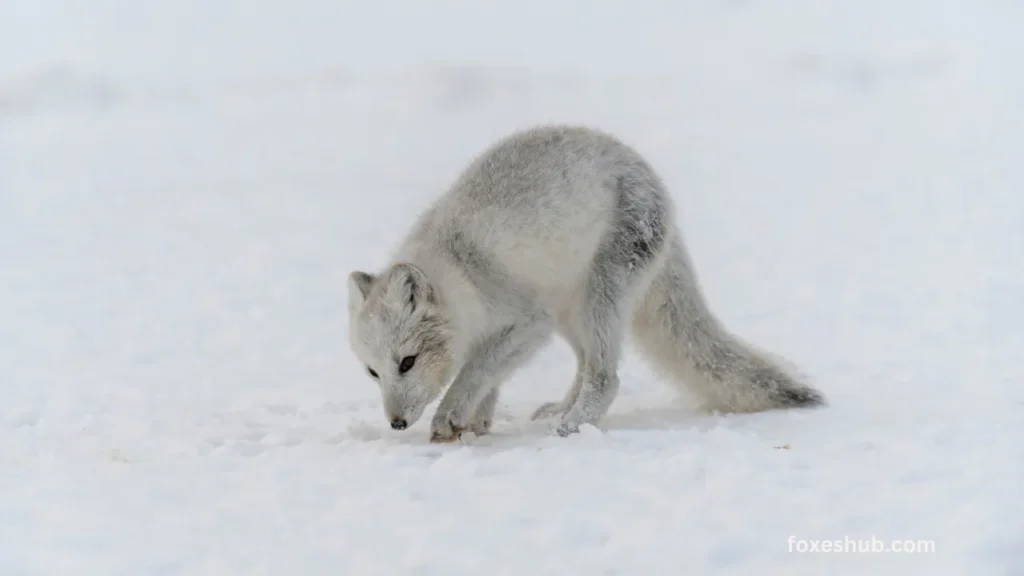
Mechanisms of Color Change
Genetics and Hormonal Regulation
The process of fur color change in Arctic foxes is primarily governed by genetic and hormonal mechanisms. Studies have revealed that the Agouti signaling protein, which is controlled by the Agouti gene, plays a pivotal role in regulating the production of eumelanin and pheomelanin—the two types of melanin responsible for fur color.
Additionally, hormonal cues triggered by changes in day length are believed to influence the expression of these genes, orchestrating the seasonal color transformation.
Molting and Regrowth
The color change is further facilitated by the foxes’ molting and regrowth cycle. As the seasons shift, the fox sheds its old fur and grows a new coat with the appropriate coloration for the upcoming season.
This cyclic process ensures that the fox remains optimally adapted to its surroundings throughout the year.
Ecological Significance
Predator-Prey Dynamics
The ability of Arctic foxes to change color is inextricably linked to the intricate predator-prey dynamics of their ecosystem. By blending into the background, they become less visible to predators such as wolves, polar bears, and birds of prey, enabling them to evade detection and increase their chances of survival.
Conversely, this color adaptation aids them in hunting, allowing them to approach their prey unnoticed, securing their sustenance in the challenging Arctic environment.
Climate Change and Adaptation
In the face of climate change and the associated alterations in snow cover and vegetation patterns, the adaptive capacity of Arctic foxes becomes even more critical.
Their ability to change color ensures that they can adjust to the evolving environmental conditions, highlighting the significance of this evolutionary trait for their long-term survival.
Conservation Implications
The color-changing ability of Arctic foxes underscores the importance of preserving their natural habitat and ensuring the continuity of their ecological relationships.
Conservation efforts aimed at safeguarding the Arctic tundra and mitigating the impacts of climate change are essential for sustaining the populations of these remarkable creatures and preserving the intricate web of life in the polar regions.
In conclusion, the ability of Arctic foxes to change color represents a captivating example of evolutionary adaptation and ecological resilience.
This extraordinary phenomenon serves as a testament to the ingenuity of nature and the intricate interplay between organisms and their environments. By unraveling the mysteries of this adaptation, we gain a deeper appreciation for the marvels of the natural world and the imperative of preserving its diversity and harmony.
FAQs
What is the cloak of seasons phenomenon in Arctic foxes?
The cloak of seasons refers to the remarkable color change that Arctic foxes undergo, transitioning from a white winter coat to a brown or gray summer coat. This adaptation helps them blend seamlessly with their surroundings in different seasons.
How do Arctic foxes change their coat color with the seasons?
Arctic foxes have specialized hair follicles that respond to changing day length, triggering the molting process and the growth of a new coat that matches the prevailing environmental conditions, ensuring effective camouflage for hunting and avoiding predators.
Why is the color change important for Arctic fox survival?
The color change in Arctic foxes is essential for their survival as it provides them with effective camouflage against predators and enables them to hunt more efficiently by remaining inconspicuous in their snowy winter habitat or blending into the tundra during the summer months.
What are the adaptive advantages of the cloak of seasons for Arctic foxes?
The ability to change coat color in response to the seasons offers Arctic foxes a significant adaptive advantage by enhancing their ability to evade predators, maintain stealth during hunting, regulate body temperature, and increase overall survival rates in their harsh Arctic environment.
How does the cloak of seasons phenomenon contribute to the broader understanding of animal adaptations?
Studying the cloak of seasons in Arctic foxes provides valuable insights into the mechanisms of color change as an adaptive strategy in animals, highlighting the incredible ability of organisms to evolve specialized traits that optimize their survival in diverse environments, contributing to our understanding of evolutionary biology and ecological interactions.

